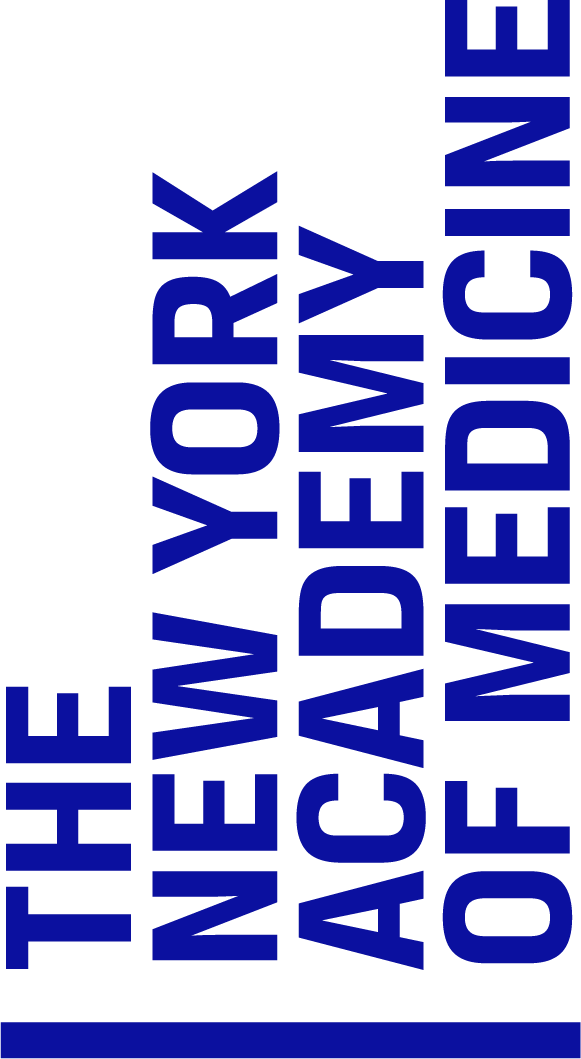Items
(1 - 2 of 2)
- Title
- Here biginneth the inventorie or the collectorye in cirurgicale parte of medicene compiled and complete in the yere of oure Lord
- Description
- An illuminated and illustrated manuscript of the Chirurgia magna, or great surgery, by Guy de Chauliac. Attempting in the Chirurgia to collect the best medical ideas of his time, he compiled sources from Arabic and Greek writers, including Rhazes, Avicenna, Hippocrates, Aristotle and others. Guy wrote the first text of the Chirurgia in Latin at Montpellier, in approximately 1363. This text was published in many editions and remained the authoritative text on surgery through the seventeenth century. It consists of 181 pages of English black letter in double columns and lines lightly ruled in red. It is ornately illuminated in gold and silver with finely decorated floral borders and large floriated initials, heightened with gold leaf. The manuscript includes 24 drawings of surgical instruments. The calf binding dates to Henry VIII’s reign or to the Elizabethan era. The original brass and leather clasps are engraved with stars and lion heads. There has been dispute about the manuscript’s date, with authorities dating it between the late 14th and second half of the 15th century. The manuscript was sold with the Streeter collection to the New York Academy of Medicine in 1928.
- Subjects (LC)
- Early works to 1800, Illumination of books and manuscripts, Manuscripts, Medical illustration, Medicine, Medicine—History, Medicine, Medieval, Surgery—History, Surgical instruments and apparatus
- Title
- Feldtbuch der Wundartzney
- Description
- This manual for military surgeons first published in Strassburg in 1517 was only the second handbook on surgery to be published in Germany in the vernacular. It was reissued at least twelve times, with translations in Latin and Dutch. The Feldtbuch was written and compiled by Hans Gersdorff, an Alsatian army surgeon who had served in the Burgundian war. The book enumerates treatments for the injuries most common to soldiers, including gunshot wounds, loss of limbs, and leprosy. The woodcut illustrations, many by Johann Ulrich Wechtlin, are among the earliest European depictions of surgery. The gaze in these illustrations and throughout the text belongs to the surgeon. Little attention in the text or image is paid to the recovery or long-term rehabilitation of the patient; the focus is on the squarely on the surgical procedure itself. The last section of the book is devoted to three Latin-German glossaries on anatomy, pathology and the medicinal uses of herbs.
- Subjects (LC)
- Anatomy, Early works to 1800, Herbs—Therapeutic use, Medicine, Medicine—History, Medical illustration, Medicine, Military—Study and teaching, Pathology, Surgery, Surgery—History, Surgery, Surgical instruments and apparatus, Wood-engraving, Wounds and Injuries—Surgery


